Miao & Dong Ethnic Villages; Nature & Culture Exploration
In Southeast Guizhou, you could shoot the ancient minority villages and the Miao, Dong and Shui ethnic people you’ve never seen before!
Are you attracted by a primitive way of living that which is totally different from the city life? Do you want to escape the hustle and bustle life and get into the quiet and peaceful rural villages? Do you anticipate to meet ethnic minority who has their own history and culture? Then, come to Southeast Guizhou to the Miao and Dong minority kingdom. They live in stilt houses, wear traditional costumes, care nothing outside their hills, celebrate their own festivals in interesting ways...It is worth spending several days exploring a different world by touching the lovely people in Kaili, Leishan, Rongjiang, Congjiang, Jiabang Rice Terraces and Zhaoxing, etc. Go and shoot now!
Photography Tips: This Guizhou ethnic photography tour can be customized depending on which sites you want to visit, what photos you want to take, and on the weather condition when you go. Feel free to tell your interests and ideas to your personal travel consultants!
Travel Route: Guiyang / Kaili / Xijiang / Rongjiang / Congjiang
Travel Length: 6 Days
Tour Code: CD-PTSGT-06
Tour Type: Customizable Private Tour
Departure: You Choose (you may plan it according to the best season and time.)
Welcome to Guiyang, the beautiful “City of Forest” and provincial capital of Guizhou! Upon your arrival, your local guide and driver will meet you at the airport or railway station in Guiyang. Then, escort you to Kaili, the capital city city of Qiandongnan Miao and Dong Autonomous Prefecture.
On the way from Guiyang to Kaili, you will take a visit to Qingyan Old Town (about 1 hour’s drive from Guiyang). It has legendary history once as a courier station and military fortress. This more than 600 years’ old town keeps the exquisite ancient dwelling houses, temples, city walls, gateways, etc. from Ming and Qing dynasties very well for your historical savory. This traditional old town in south China also surprisingly well keeps a series of religious buildings of Buddhism, Taoism, Christianity, and Catholicism to tell the cultural communication of Chinese and Western countries. Walk amongst the worn out paths polished by rains and steps to imagine the old life there. Besides, visit Former Residence of Number One Scholar Zhao Yijiong who was the first Number One Scholar in Guizhou Province during the imperial examination to feel the rich literal atmosphere in the courtyard, take beautiful photos of the symbolic Stone Archway and Dingguang Gateway, etc., roam at the Secluded Street paved with flagstones to travel back to the past centuries, appreciate closely the Guizhou rarely outstanding wood carvings at Shoufo Temple and stone carvings at Ciyun Temple, and feel the simple life with the shopkeepers busy for their lives.
Accommodate in Kaili City.
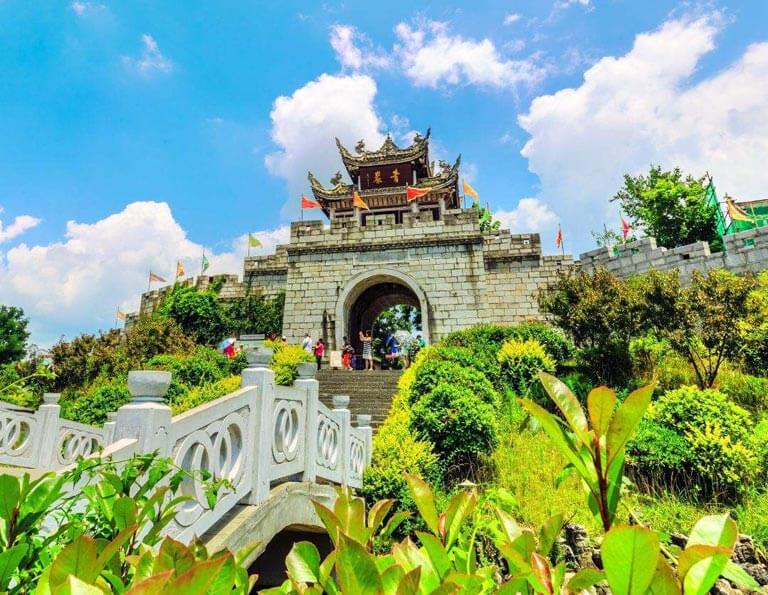
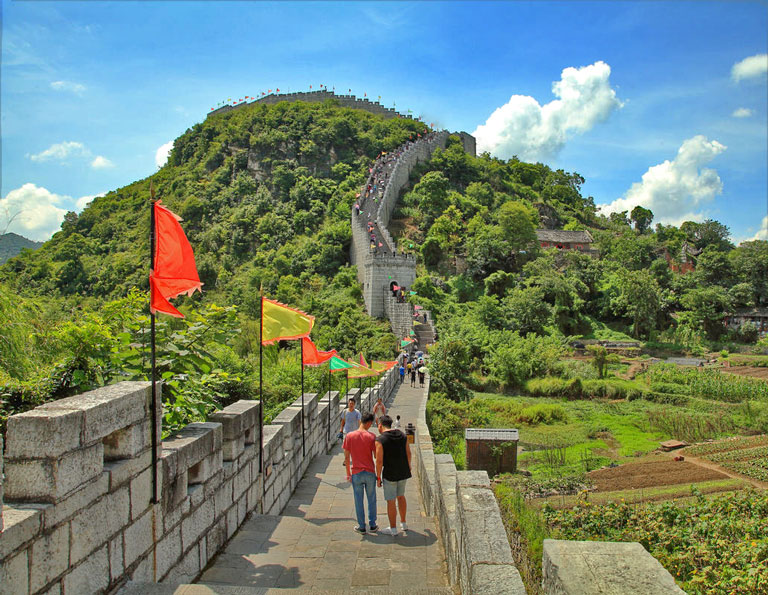
After breakfast, your guide and driver will pick you up at your hotel. First, drive about 19 km (about 0.5 hour) to Matang Gejia Village, a primitive Miao village with over 400 Gejia people who are called the 57th ethnic group in China unofficially. According to the legend, Gejia people are the direct descendants of Hou Yi, a legendary hero who was said to shoot the nine scorching suns in order to save his people. Matang Village is famous for exotic attires, colorful festivals and countryside feelings. The women and girls here are specialized in batik that you can fully appreciate the uniqueness of the Gejia batik patterns and embroidery as well as the excellent craftsmanship of the villagers. If you are interested, you can learn how to make batik with wax from a local master and create your own batik work (optional experience with extra payment).
Later, you’ll be transferred about 47 km (about 1hr) to Langde Upper Miao Village which is reputed as “the Hometown of Chinese Folk Song and Dance Art”. It is with less crowds, peaceful natural atmosphere, friendly villagers and rich cultural heritage. Upon arrival at the village, you will be warmly treated with a traditional welcome ceremony by the beautiful ladies and girls dressed in traditional Miao costumes (long skirt). They will set twelve tables with “block-the-way” wine and you can taste the wine to feel their hospitality. Once the toasts are completed, you will continue to experience the singing and dancing performance at the Lusheng Ground. The men will play Lusheng and the ladies will dance. If you like, you can participate in the dance to enjoy more fun.
After that, drive 23 km to Xijiang Miao Village, the largest Miao village in China and even in the world. Xijiang is composed of 10 villages, spreading over 50 square kilometers, with about 1,000 families and 6,000 people living here. The village is called a “living museum”, presenting you Miao ethnic culture vividly. There are lots of streets and alleys winding around the village, and quiet clear rivers and Wind and Rain Bridges to cross over. You can try the local Guizhou snacks, browse the many shops or just enjoy a leisurely roam in the village and surrounding scenic areas and learn more about local Miao culture. When night falls, take a sightseeing bus to the viewing platform to catch a panoramic night view of the beautiful Xijiang. The lights of different houses twinkling in the dark make the night bewitching.
Have a good sleep in Xijiang tonight.
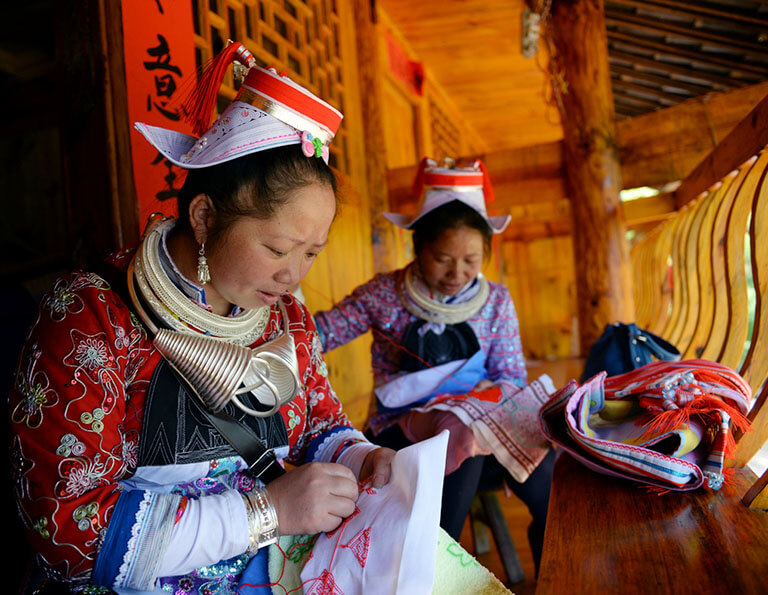
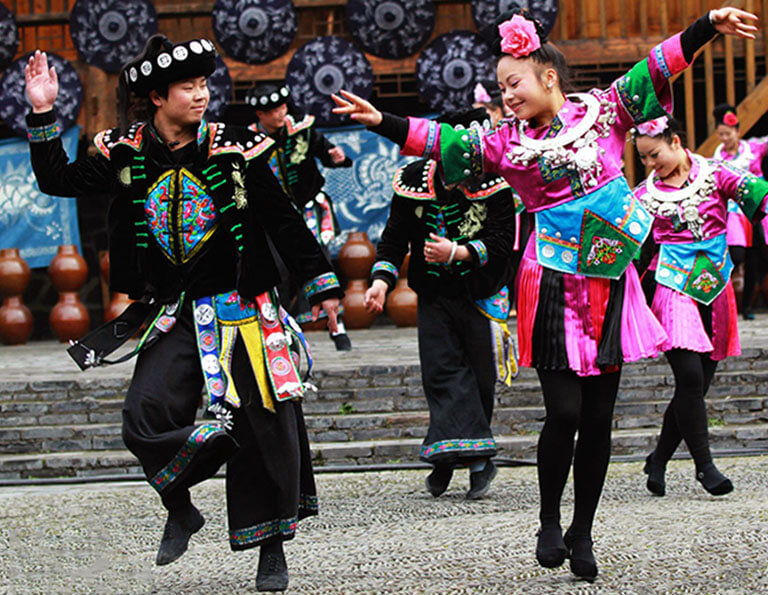
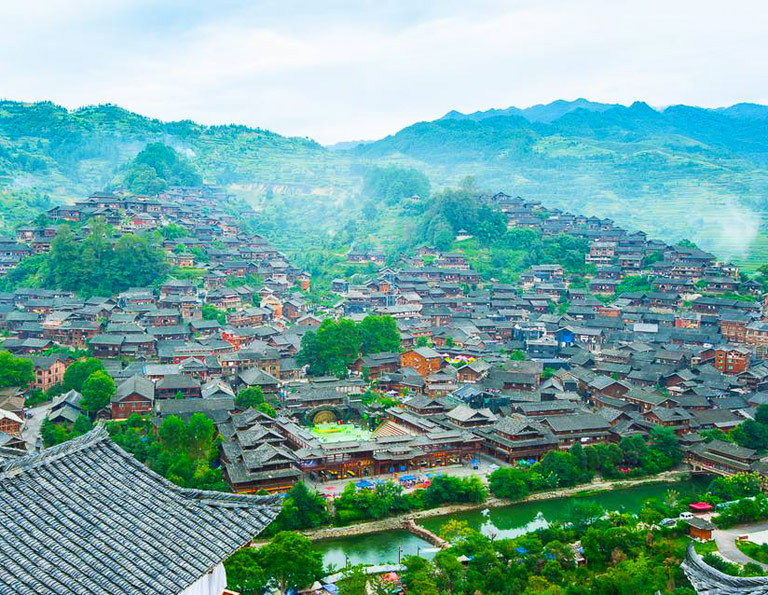
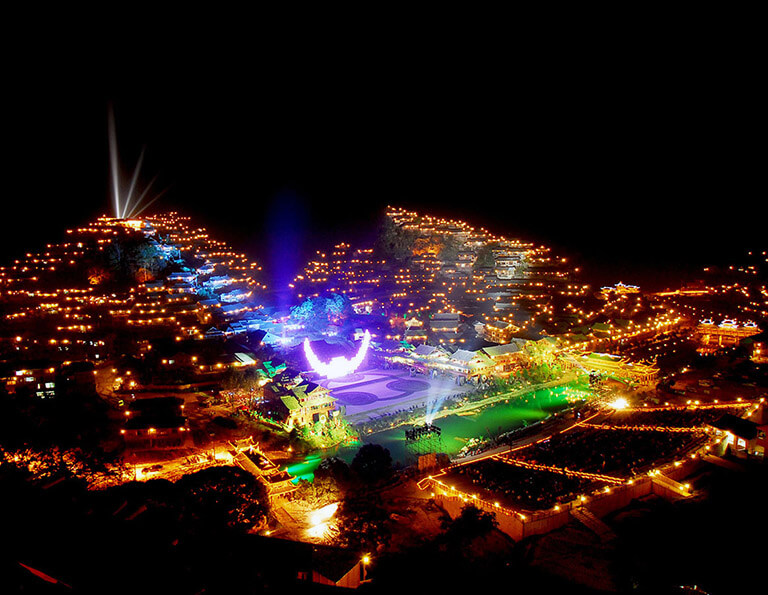
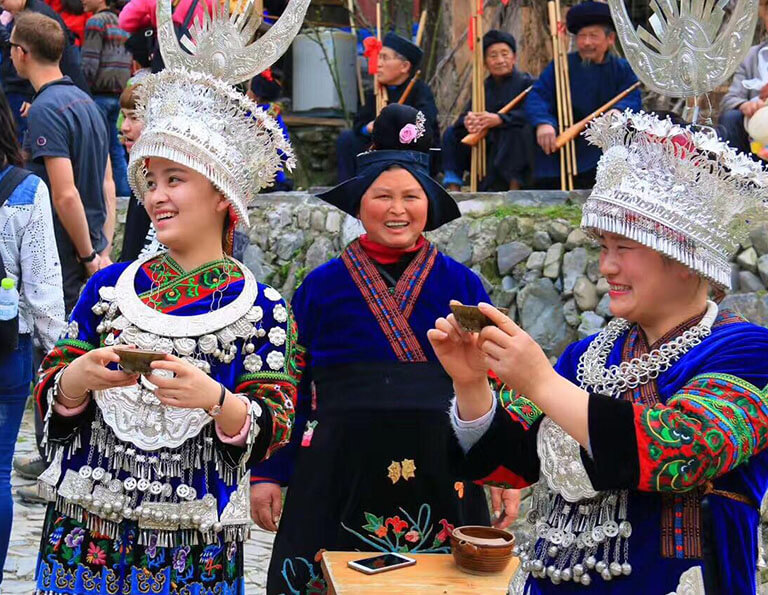
Wake up joyfully in the morning. After breakfast, you’ll enjoy some peaceful time exploring in the village. Take a visit to Miao Nationality Museum which is made of eleven exhibition halls and houses wonderful displays of cultural artifacts, traditional dress, architectural marvels and works of art. If you like, you can get to the viewing platform again to shoot the panorama. You can also rent a traditional costume of the Miao people to take photos here if you are interested (optional experience with extra payment).
After visit the largest Miao village, you’ll head to Xinqiao Miao Village in Datang Town (about 36 km for 50mins’ driving). It is known for “the First Village with Short Skirt Miao” and the hundred-year-old Water Granary. Walking into the village, you can see the local women wearing a kind of pleated skirt about 5-8 inches, with colorful ribbons decorated at the waist. If you are lucky, you can enjoy they perform Jinji dance in traditional costumes. Don’t forget to have a look at the 47 granaries on water made of wooden which are used for protecting against fire and mouse while duck and goose are raised in the ponds.
On the way to Rongjiang County, you will make a short visit to Zenlei Shui Village and Baibei Miao Village. Zenlei Shui Village, with a history of over 300 years, has a population about 250 in total. On the way to this picturesque village, you can enjoy a bird’s eye view of the whole village - the traditional wooden houses situated at the hillside with rice terraces layer upon layer stretching to the Duliu River. Continue your driving to Baibei Miao Village. This village is featured as the high location, exquisite traditional “hundred-bird dress” and mysterious Miao King’s tomb. Catch the rare chance to shoot “hundred-bird dress” which is embroidered with colorful silk and bird feathers. It is the traditional dress for festivals and important occasions of Miao ethnic group. It takes local people several months to make a piece of hundred-bird clothing.
After the tour, drive about 56 km for about 1 hour to Rongjiang County. Stay overnight there.
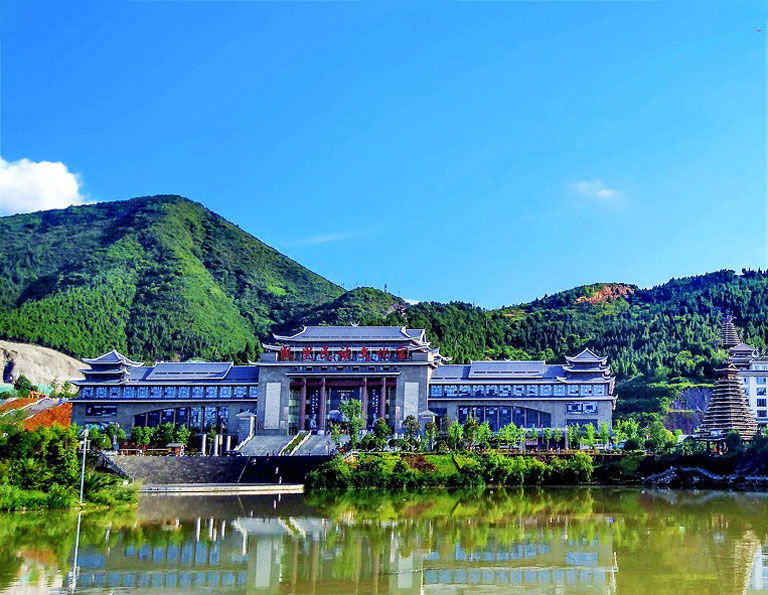
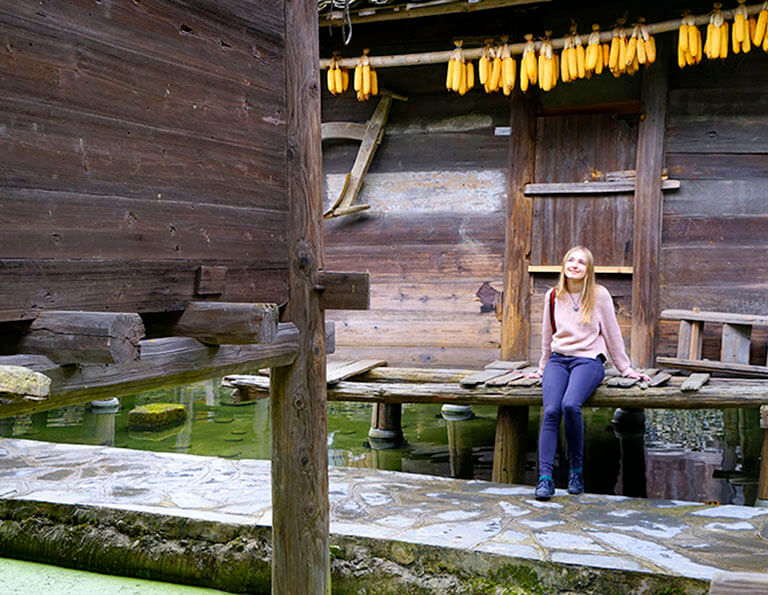
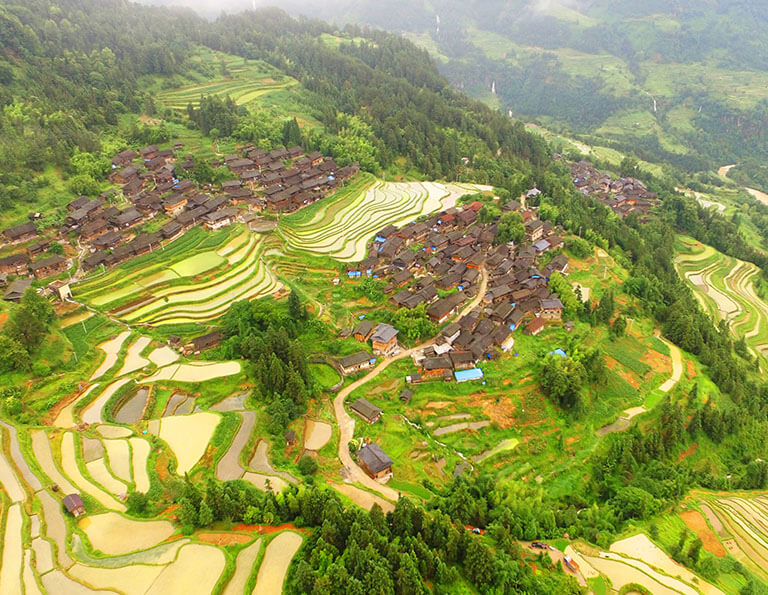
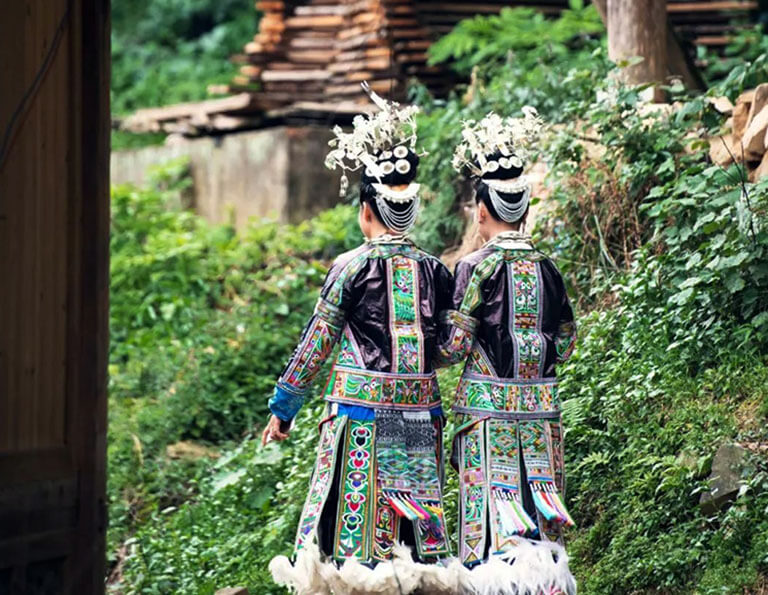
In this morning, your guide and driver will take you to Dali Dong Village in Rongjiang County. Dali Village is a quiet village with 400 ancient phoebes and over 40 are with a history over 500 years. Once you enter into the village through Wind and Rain Bridges, you’ll step on the ancient stone-paved path built in the reign of Qianlong in Qing Dynasty (1636-1912). All the buildings are built from wood and the most common of which are built as quadrangle dwellings. Don’t miss Yang Family Quadrangle Courtyard with over 200 years with 93 generations living here. Come to the center of the village to see the drum tower. And if you are lucky, enjoy the performances held at the square. If time permits, you can do a little hiking to the beautiful Sandie Waterfall about 2 kilometers away.
After that, drive to Jiabang Rice Terraces (about 107 km from Biasha with 3 hours’ driving). Jiabang Rice Terrace, cultivated by the Miao people, is one of the most beautiful and the most mysterious rice terrace in China. It is composed of 10,000 acres, scattered in Dangniu, Jiaye, Jiache, Congkai, Pingyin, Jiabang, Baibei and Baidang villages. Start your visit from Dangniu Rice Terrace where you can see the rice terrace layer upon layer stretching from the valley to the hill, walk a little to Jiaya Rice Terrace with beautiful curves; move another 2 kilometers to Jiache Village and catch the best panorama at the viewing platform, and visit the magnificent Yangsongling Rice Terrace to view the screw terrace. (Note: Go April to early May for mirror-like irrigated terrace and rice transplanting scene; go in May for clouds with mists scene, go from May to mid-September for green terraces; go late September to early-October for golden and harvest scene.)
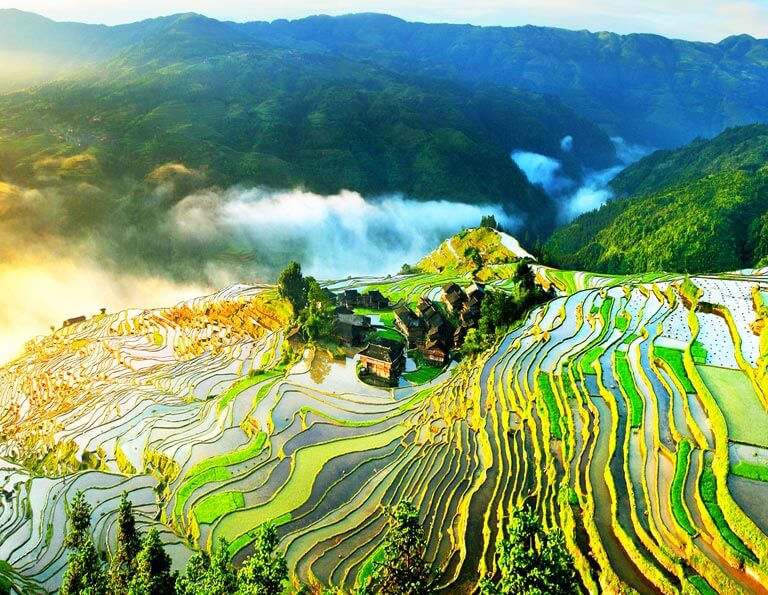

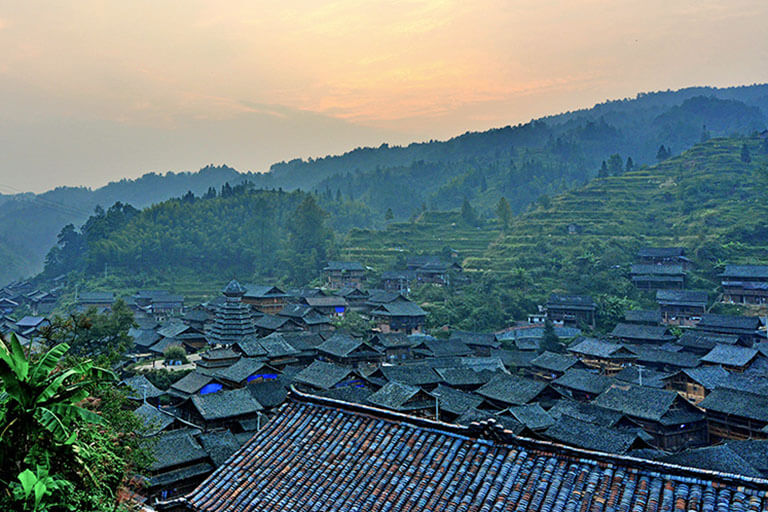
In this morning, catch the precious moment to shoot many amazing pictures about the rice terraces. Every morning, when the cloud and mist rise above the river and field, Jiabang Rice Terrace becomes a fairyland on earth.
Later, you’ll be transferred to Biasha Miao Village from Jiabang with 2.5 hours’ driving (87km). Biasha Miao Village is called as “the Last Gunslinger Village in China”. This is the only place in China where residents are still legally allowed to own and carry guns. The Biasha people are said to be the descendants of Chi You, a mythological warrior in ancient China, and have traditions dating back 2000 years. Men of Biasha dress as ancient warriors with black waistcoats and straight black trousers as well as swords, hunting dogs, and firelocks. Women of Biasha wear black pair shirts and pleated skirts, which are simple but embroidered with bright colors. Once getting into the village, you will witness the welcome ceremony - Biasha men line up and fire 3 shots to welcome guests! Later, enjoy the folk performance to learn more about Biasha culture, including customs of farming, hunting, ancestor-worshiping, gaming and marriage. You can even watch an amazing haircut ritual - a live shave with a sickle. If you have more time, you can take a walk around this beautiful village.
In this afternoon, head to Huanggang Dong Village, a village considered as one of the most beautiful and traditional Dong villages in Guizhou. Huanggang, hidden in the mountains, built in ancient Song Dynasty (960-1297), has preserved the most authentic Dong culture. The villagers have had simple and unsophisticated ethnic life for hundreds of years. You can explore their local life and enjoy the unique architecture in the village. There are five drum towers standing in different directions and you can see the elders chatting in the tower or weaving their cloth. Festivals are special here - “Goddess of Thunder Worship Festival” and “Tai Guanren Festival”. If time is right, you can witness such a unique scene. (Note: For the exact time of the festivals, you can contact our travel consultants for more info.)
After the tour, be transferred to Zhaoxing Dong Village for accommodation.
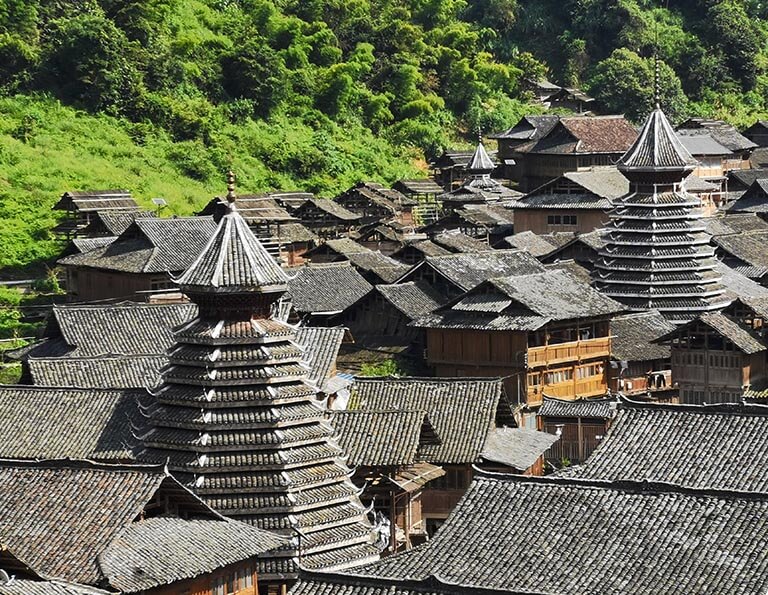
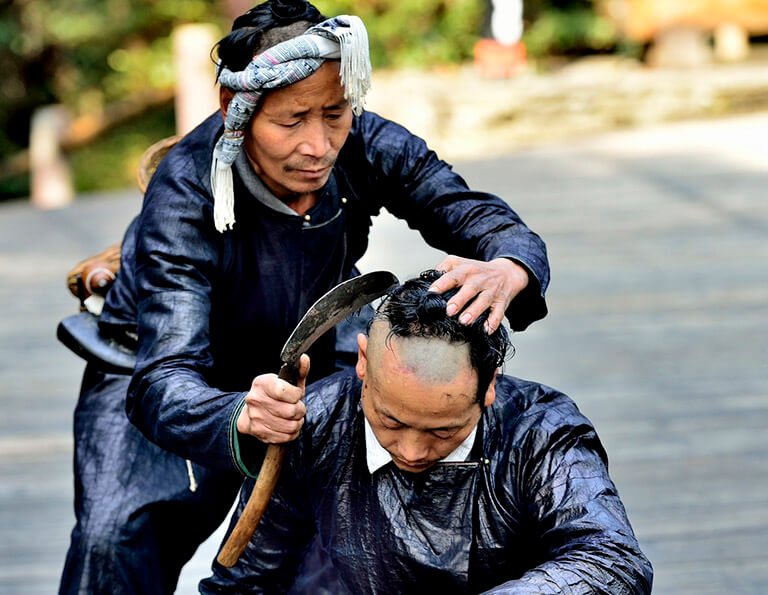
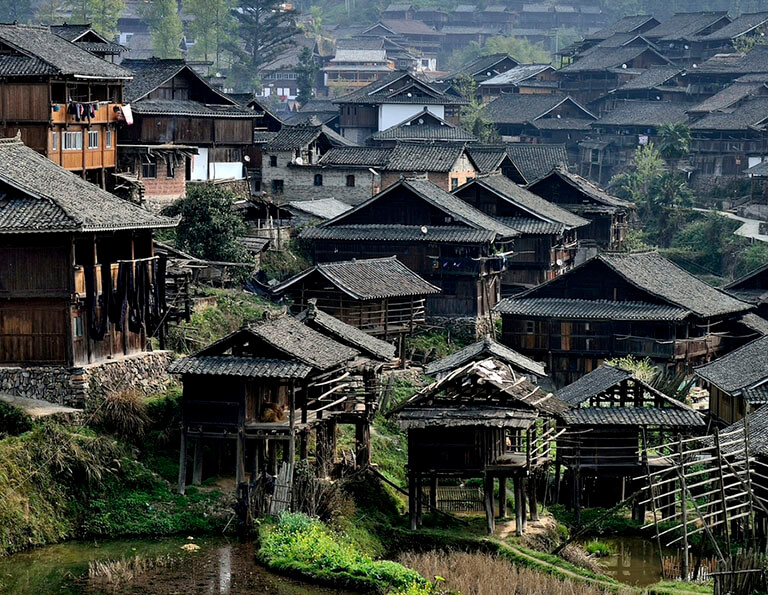
After breakfast, you’ll explore the largest Dong village in Guizhou - Zhaoxing Dong Village. Zhaoxing Village has been selected as “one of the six most beautiful countryside in China” and together with its drum towers were listed into the Guinness World Records in 2001. It is divided into 5 natural small villages, living in five different areas - which are called “Tuan” locally. Besides, there are five drum towers, five Wind and Rain Bridges and five stages setting in the village. Start your exploration from the village gate and get atop of the viewing platform to enjoy the panorama, where you can also clearly appreciate the five drum towers standing beautifully in the village. Afterwards, pay a visit to the Zhaoxing Dong Culture Museum to have a better understanding about Dong people and its culture in all aspects. Follow the route to visit Xin Tuan (means faith) with the highest drum tower at 25.9 meters, Zhi Tuan (means wisdom), Yi Tuan (means righteousness), Li Tuan (means Rritual) with the first drum tower in Zhaoxing built in 17th century and Ren Tuan (means benevolence). You won’t miss the great welcome ceremony (10-20 minutes) in this morning and watch the famous Grand Song of Dong People and other interesting programs.
After that, you can choose to hike from Zhaoxing Dong Village to Tang’an Dong Village which needs about 2 hours or you can take the sightseeing bus there. If by hiking, you’ll pass by the intoxicating rice paddies and primitive Dong villages. In spring, the rice terraces are filled with water; in summer, green seedling grows well at the terraces; in autumn, the rice terraces are decorated with golden rice. Tang’an Dong Village is perched on hillside terraces and it is called the “living museum of Dong minority” with authentic feelings and beautiful landscape around. Visit the Eco Museum and enjoy more peaceful time in the village.
After the tour, get back to Zhaoxing and your guide and driver will escort you to Congjiang Railway Station to catch your train to next destination.
Departure Ideas: High speed trains are well connected Congjiang with Guiyang (1.5-2hrs), Guilin (about 1hr), Yangshuo (1-1.5hrs), Guangzhou (3.5-4 hours), Chengdu (about 5hrs), Chongqing (3.5-4hrs) and more destinations.
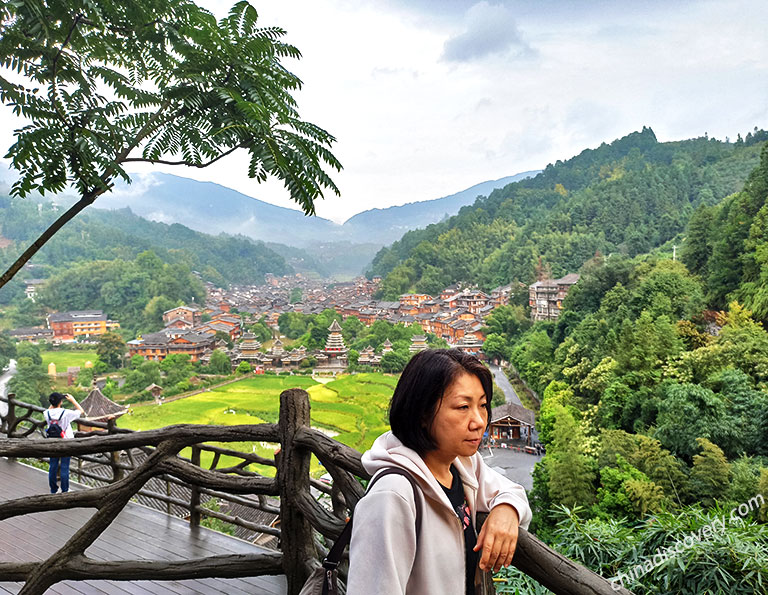
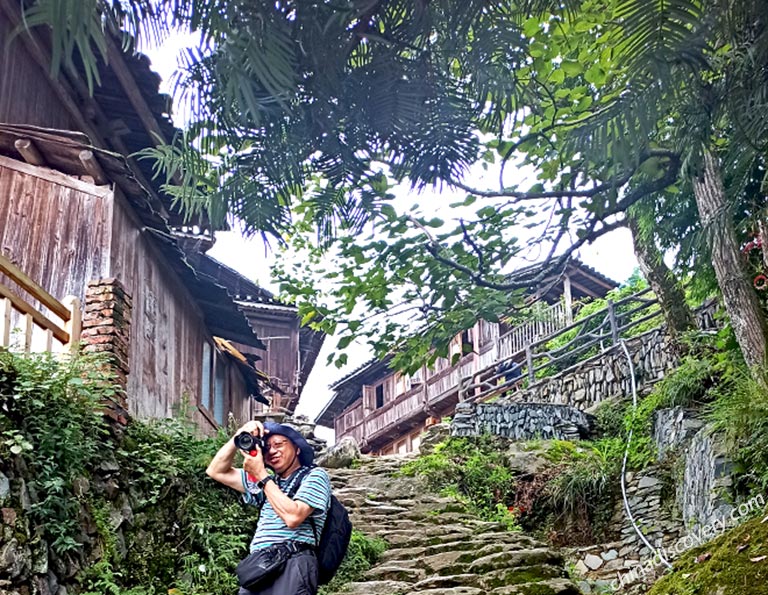

Guilin / Longsheng / Guilin / Yangshuo / Guilin

Chengdu / Huanglong / Jiuzhaigou
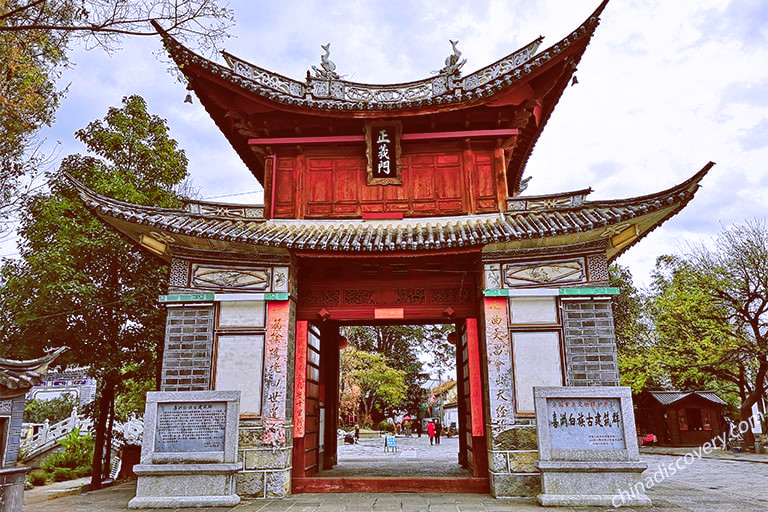
Kunming / Dali / Lijiang / Shangri-La